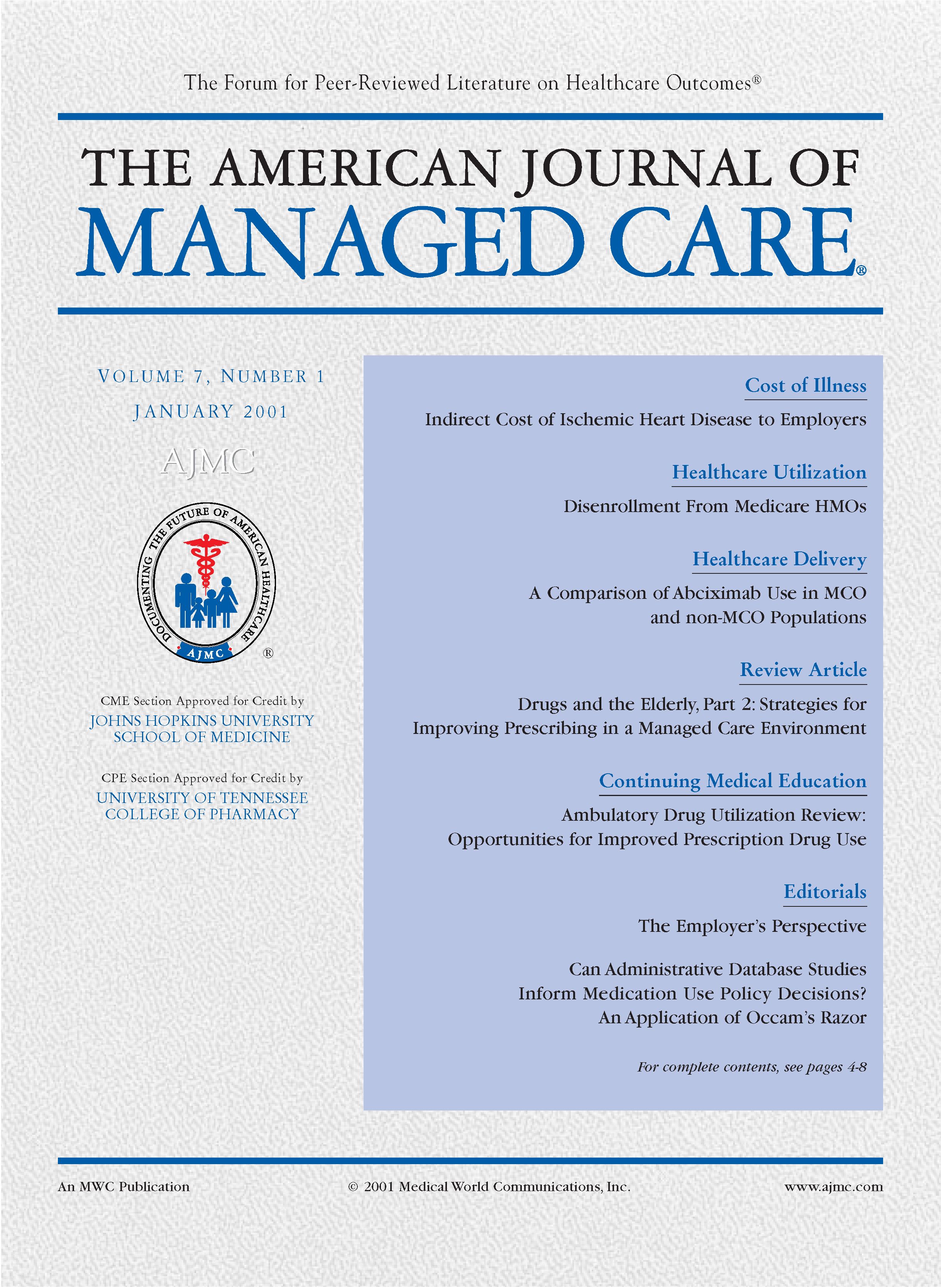- Center on Health Equity & Access
- Clinical
- Health Care Cost
- Health Care Delivery
- Insurance
- Policy
- Technology
- Value-Based Care
Is the Healthcare Workforce a Barrier to Cost Containment?
TO THE EDITOR
In my more than 25 years of managing private physician offices and hospital ambulatory care centers, the issue of driving down the unit of cost while increasing compensation to physicians has always existed. Healthcare cost is constantly higher than the consumer price index, and even though the cost’s growth rate has slowed down, healthcare spending is a significant portion of the US gross domestic product.
In a medical group or individual practice, the biggest expense is not the staff, supplies, or rent, however, but the physician’s distribution. This is between 40% and 52% of the net revenue of a practice, depending on the specialty. There will always be pressure to continue to earn more compensation. The staff cost, ie, medical assistant (rarely an RN or LVN), medical receptionists, and billing personnel, usually runs between 29% and 34% of net revenues (mean for primary care groups, Medical Group Management Association survey 1999). As a service industry, healthcare personnel costs will naturally be significant. There is the constant pressure for increases in salary, but because of reimbursement issues, this has been muted. I don’t think this is a major cause for increased medical costs, at least in the private practice of medicine.1
Admittedly, this may not be the case in the hospital setting. Hospitals are mandated to maintain certain levels of staffing, particularly in nursing, by numerous state licensing and federal guidelines and the Joint Commission on the Accreditation of Healthcare Organizations, Medicare, Medicaid, and even county regulations. The government, in all of its forms, helps to dictate the high costs of personnel in hospitals and licensed clinics through regulations of the staff-to-patient ratio.
The use of mid-level practitioners (physician extenders) in hospitals and private offices was introduced as a way to provide greater access to routine or minor care for patients in Medicaid or other lowreimbursement programs. This may be so in certain scenarios, but in some practices, particularly managed care (capitated) practices, physician extenders have become the lower cost provider for most, if not all, general primary care. And yet the cost of a physician extender, with benefits, malpractice, and support staff, is approaching the cost of a new physician in some areas, and the extenders are demanding more money.
More than the personnel costs, it is patient demand for care that moves costs upward. The technological imperative of new treatment modalities fosters increased demand for preventive, curative, and rehabilitative services. Furthermore, the Internet, with its speed and access to professional literature heretofore not as openly available to the general public, also fosters demand. These demands, if not met, could be answered with a malpractice suit or appeal to the health plan or regulations mandating the inclusion of services within a health plan.
An example is the promotion of colonoscopy over sigmoidoscopy for screening of colon cancer. The current literature seems to support using colonscopy, and the 4 gastroenterologists I manage find themselves swamped with demand. This means a significant increase in cost as the procedure is done in an outpatient facility, with some anesthesia and requires skilled staff, high-cost equipment, and a high-cost physician specialist. Contrast this with the sigmoid exam by a primary care physician in his/her office with no separate facility fee and no high-cost personnel or equipment. Of course, the economic and moral debate will be that colonoscopies will detect more early colon cancers and ultimately save the system money downstream, as well as patient lives.
Nevertheless, immediate costs will go up. Preventive care does not necessarily lower costs in the short term, but may actually drive up short-term cost through earlier case finding.
Patient demands such as in this example, coupled with more advanced diagnostics, more costly drugs, new higher cost vaccines, and regulations and mandates, are some of the real causes of the rising costs of medical care. Capitated managed care has reduced the number of bed days/1000 enrollees. Now, however, there are few hospital days left to be reduced. The population is getting older, and its need for services designed to care for an aging population is increasing. Medical costs will continue to rise because of this population cohort, but also because of the new generations of sophisticated, Internet-capable patients placing demands on the system.
Avram Kaplan, MPH
Executive Director
Saddleback Physician Services
Saddleback Memorial Medical Center
Laguna Hills, CA
1. Montoya ID. Is the healthcare workforce a barrier to cost containment? Am J Manag Care 2000;6:971-972.

From MSSP ACOs to Employer Value: Translating Value-Based Principles to Self-Insured Plans
December 12th 2025Value-based care adoption in employer insurance requires replacing fragmented point solutions with unified, at-risk performance contracts that align vendors, providers, and members around total cost and quality goals.
Read More
Legal Issues in Value-Based Care Contracts for Self-Insured Employers
December 12th 2025Self-insured employers face regulatory challenges when adopting value-based contracts, requiring careful data governance, standardized metrics, and legal frameworks to align with federal value-based care models.
Read More
From Complexity to Clarity: A Path to Value in Employer Health Plans
December 12th 2025Employers struggle to define value from health care spending amid complexity and misaligned incentives. Achieving measurable outcomes requires transparency, incentive realignment, and gradual, employee-centered change.
Read More
Advancing Early Detection and Equitable Access in Alzheimer Disease Care
December 11th 2025Experts at a roundtable in Boston, Massachusetts, on November 3, 2025, discussed improving early Alzheimer disease diagnosis, addressing workforce and equity gaps, and expanding access to new disease-modifying therapies.
Read More

